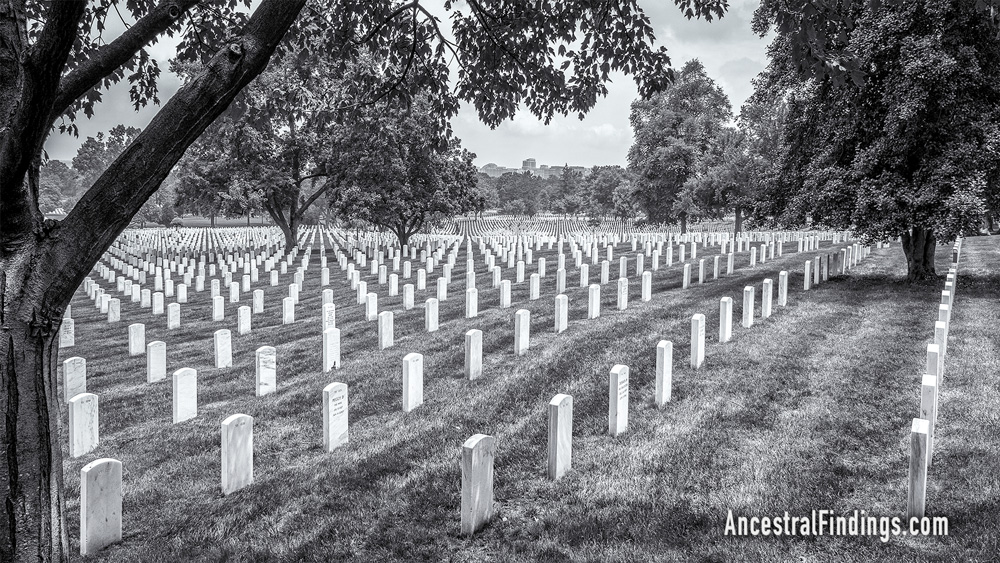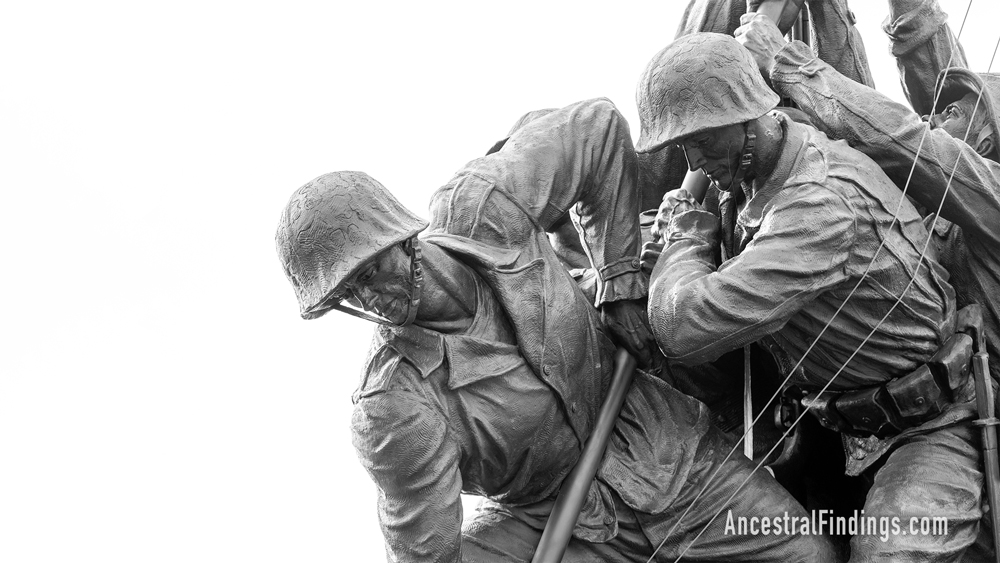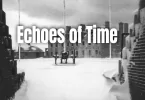Memorial Day is one of three holidays in the United States that are designed for honoring the members of the military. There is Veterans Day, celebrated in November, that is meant to honor all military veterans. There is Armed Forces Day, celebrated in early May, that honors those currently serving in the military in the United States. Memorial Day is celebrated on the last Monday in May, honors those who died while serving in any branch of the United States military.
Memorial Day was first officially observed as a federal holiday in 1868 and was held on May 30 every year until 1970, when the date of observance was changed to the last Monday in May. In addition to being a day of remembrance for those lost during their service with the U.S. military, Memorial Day is also considered the unofficial start of summer in the United States, while Labor Day in September is the unofficial end of it.
In addition to being a federal holiday, where schools and federal offices are closed, people traditionally visit the graves of veterans lost in service, and volunteer groups place American flags on the graves of veterans in national military cemeteries. Some local groups do the same thing at local cemeteries, as well.
While Memorial Day is a well-established holiday in the United States in contemporary times, this was not always so, and the history of Memorial Day is a somewhat contested and controversial one. In fact, there is so much debate over its exact origins in this country that Columbus State University in Georgia has a Center for Memorial Day Research.

While the holiday began to be officially practiced in the United States after the Civil War, the tradition of decorating the graves of veterans is a much older one. Rural areas of the American South have been holding Annual Decoration Days for this purpose for generations, and some places still do, particularly in mountainous areas in the south. These days are usually held late in the spring on a Sunday, and take the form of a family reunion and picnic, with some family members traveling hundreds of miles to attend. The events are usually held on the grounds of old family cemeteries, and flowers are placed on the graves of veterans in the family, while contemporary family members renew their acquaintances with one another.
This tradition began long before the Civil War. However, the graves of lost soldiers began to be decorated during the Civil War. The first documented incidence of this was in 1861 in Warrenton, Virginia. Women in Savannah, Georgia in 1862 decorated the graves of Confederate veterans. A cemetery dedication was held in Gettysburg, Pennsylvania in 1863, and was done at the behest of President Abraham Lincoln, leading some to name him as the founder of Memorial Day. Yet, this is not definitive. Boalsburg, Pennsylvania names itself as the birthplace of Memorial Day, as a ceremony to decorate the graves of veterans was held there in 1864.
The federal government began creating national military cemeteries for lost Union soldiers in 1865. In May of that year, some recently freed slaves held a parade in Charleston, South Carolina to honor 257 dead Union soldiers; they had retrieved the soldiers from a mass grave at a Confederate prison camp and re-buried them individually. Over 10,000 people attended the parade. Some Memorial Day scholars name this event as the birth of the American celebration of Memorial Day. Still, like other claimants, it has its detractors and its rivals for the title.
The south continued holding annual days for decorating the graves of veterans for three years before the north joined suit in 1868. This was when Decoration Day was established in Decatur, Illinois, and it was a time to decorate the graves of dead Union soldiers with flowers. It was instituted by John A. Logan, a member of the Grand Army of the Republic, which was a group for Union veterans.

The north and south continued to hold their own “Decoration Days” for fallen Civil War soldiers until the early 20th century, when these similar celebrations merged into Memorial Day, though no one can say for sure when or where the exact merge took place. Unlike the Decoration Days that came before it, Memorial Day was intended to commemorate all American soldiers who had died during service, not just Civil War soldiers.
While Memorial Day was celebrated nationwide as an unofficial holiday for decades, it was not until May 26, 1966, that President Lyndon B. Johnson made it an official federal holiday, and also named Waterloo, New York as the birthplace of the tradition. This was in keeping with a resolution of the House of Representatives a century earlier that gave Waterloo the official Memorial Day birthplace title.
Why Waterloo? The village gives credit to their hometown druggist Henry C. Welles and their county clerk John B. Murray as the official and first founders of Memorial Day. The House and President Johnson seemed to take this local tale as truth. However, Memorial Day researchers, as well as Live Science and Snopes have debunked the Waterloo story.
Even the origins of Memorial Day parades is contested. Doylestown, Pennsylvania claims to have the oldest continuously held annual Memorial Day parade in the nation, beginning in 1868. Yet, research shows that the annual Memorial Day parade in Rochester, Wisconsin is a year older than the one in Doylestown.
Regardless of the true origins of Memorial Day in the United States, which are murky enough to seem likely to remain a mystery, the point of it remain the same today. Honoring those who fell during the service of the U.S. military is the reason for the holiday, no matter who began it or where it started. That is a beautiful reason for a holiday and makes its contested origins meaningless. It seems like several similar celebrations came together as one.




